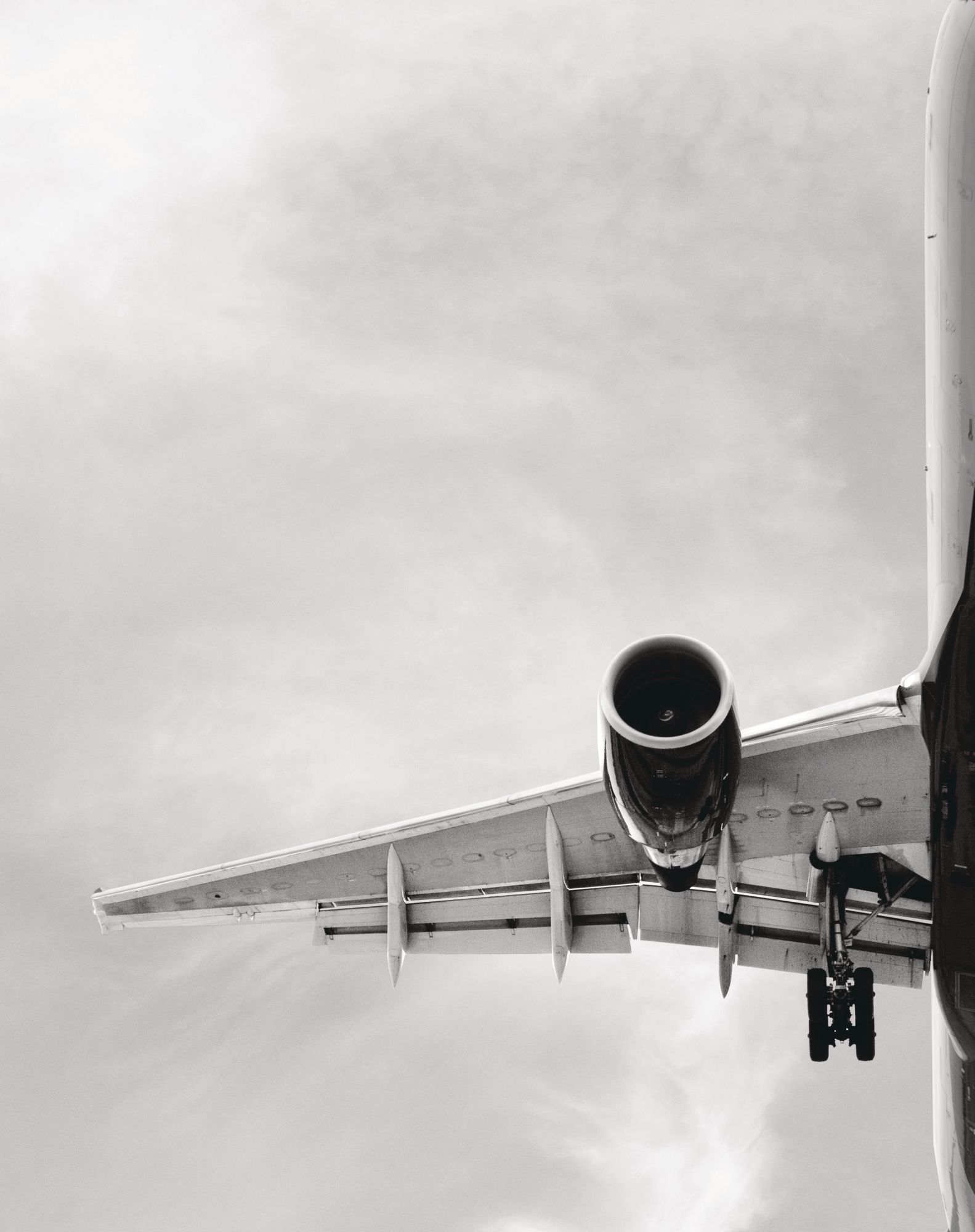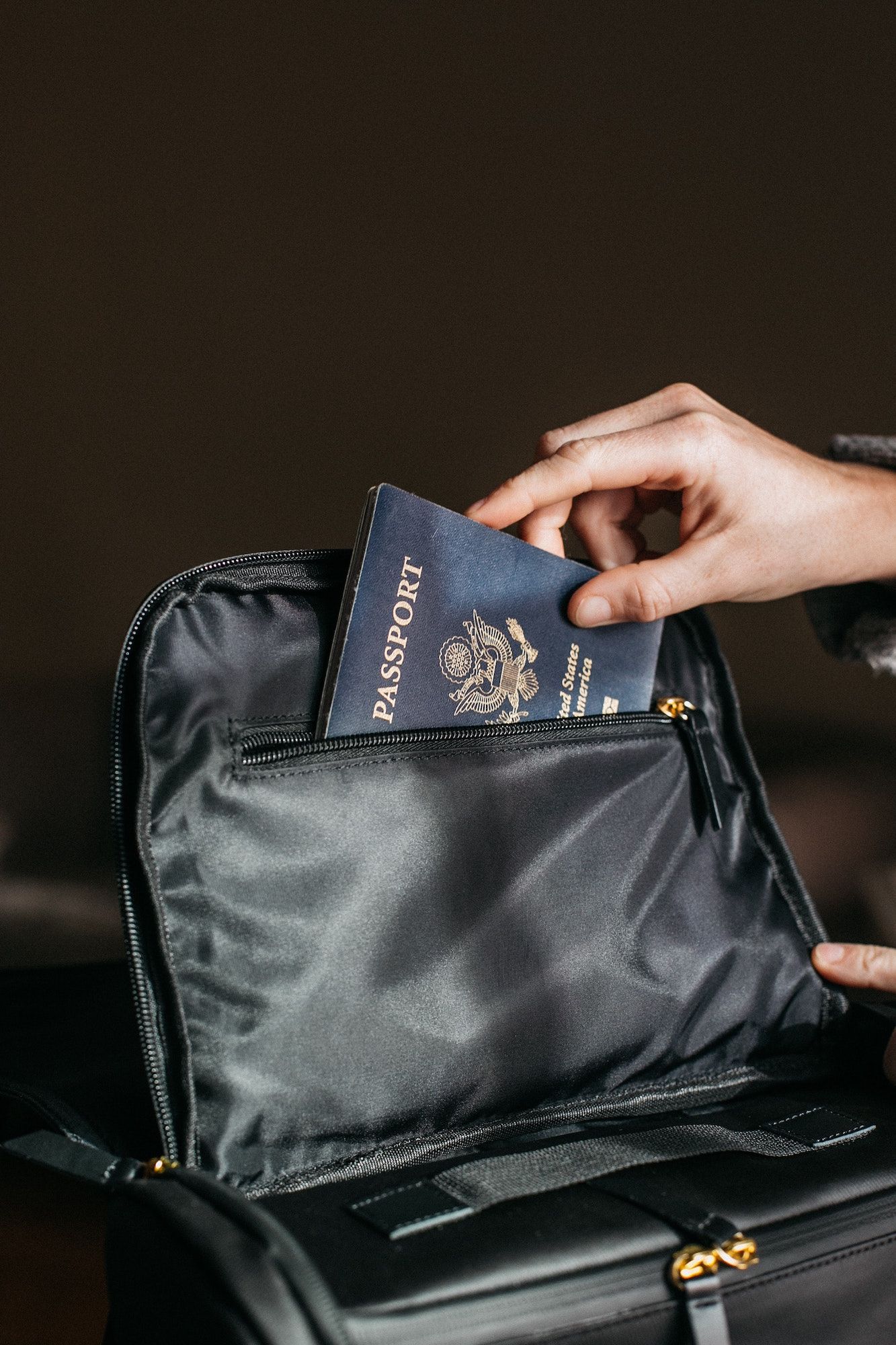Facing some hard truths about environmental impact of her globetrotting lifestyle, an intrepid traveller questions the ethics of wanderlust in the 21st century
Of all the questions you could’ve asked of a responsible human being in the 21st century in our collective journey to attain a more sustainable, conscientious lifestyle, why did it have to be this one: would you ever give up travel in the name of climate change?
We are all now acutely aware of the real-life impact on this fragile planet we inhabit of what once seemed like harmless, everyday habits. So we gave up fast fashion. We gave up single-use plastic bags and water bottles. We gave up straws. But must we really give up travel, a subject that only in recent times was considered a noble pursuit of the global-minded citizen? Actually, when I was asked that question a few weeks ago, it was rather uncomplicated from a personal point of view.
My answer was a straight-up, “No”.
Paying the Price
And it still is to a great extent, even as research has revealed the staggeringly depressing difference to the average person’s carbon footprint that even one summer holiday can make. To wit, last July I took a roundtrip flight from New York City to Athens, Greece—my first three-week vacation ever, and one I felt was hard-earned, only to learn that I was responsible for 7,985kg of carbon jettisoned into the atmosphere, according to the statistics of the online ICAO carbon emissions calculator. And this wasn’t my only trip that year. I flew to Paris twice, Geneva once, London once, Greece again, plus domestic travel to Austin, Miami and Palm Beach, Florida, for a total of roughly 4.8 metric tons of carbon.
'It’s the kind of number that is easy to face, but just as easy to hide from. As I reminded myself, the amount of travel I clock is on par with, or significantly lower than, many of my peers and colleagues who have no qualms about flying around the world, taking mileage runs in the pursuit of a higher frequent flyer status.
SEE ALSO: Filmmaker Craig Leeson On Climate Change And His Latest Project, The Last Glaciers

But something has changed in the weeks since I was first asked this question. The novel coronavirus now known as Covid-19, already rampaging for months in Asia, started spreading westward closer to my typically inoculated home in New York City. Only days after dozens of my colleagues in the fashion press had travelled to Italy and then France to watch runway shows on the hour, every day for weeks on end, came word that American Airlines and Delta had cancelled flights between New York and Milan after a severe outbreak occurred in Europe.
“I can’t fly to New York any more,” a friend WhatsApped me from Milan. Even those who were able to return faced directions from their employers to self-quarantine at home for two weeks or more. Anna Wintour included. I can’t remember travel restrictions hitting so close to home since those horrible days and months after 9/11.
Too Close to Home
That could have been me. For 12 years I had been doing the Fashion Week tour of duty—flying from New York to London, London to Milan, Milan to Paris, Paris to New York—participating in a biannual fashion circus that comes with a colossal carbon price tag even when it’s business as usual. According to a recent report released by Zero to Market, Ordre.com and the Carbon Trust, travel related to retailers during the runway cycle resulted in about 241,000 tons of CO2 emissions a year. Now, as the days go by, there are more reports of massive global event cancellations, corporate travel restrictions and more that underscore just how irresponsible we’ve all been for so long.
Admittedly, speculating on the coronavirus’s impact on global travel is a bit of a digression from this question at hand—would I give up travel to help the planet?—but let’s admit this epidemic has added a massive wrinkle to the mix. Travel and flight shaming from a carbon footprint point of view has been gaining traction in Europe for years, but I hadn’t really considered it before.
It amped up exponentially when teenage Swedish climate activist Greta Thunberg sailed to New York by solar-powered sailboat for the United Nations climate change summit last August. Now, for millions of people, travel has been taken off the table entirely due to a disease that’s out of their control.
SEE ALSO: How Real Is Climate Change?


